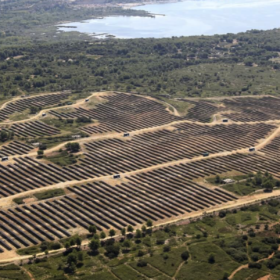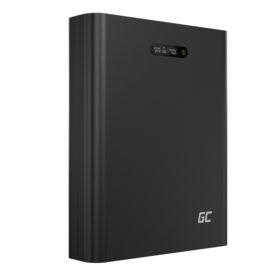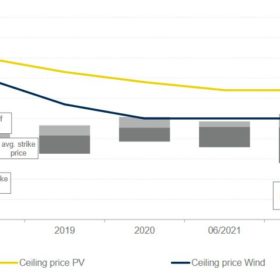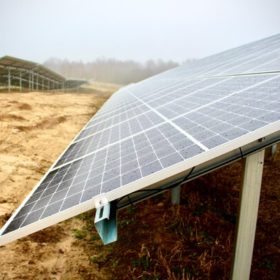Sonnedix acquires Polish solar developer Sun Power Energy
The Polish company has a PV project pipeline of over 1GW.
Green Cell unveils 5kWh residential battery
Called GC PowerNest, the battery has a storage capacity of 5kWh and a voltage of 51.2V. It is scalable in an eight-stack configuration, thus reaching a capacity of up to 40kWh.
Latest Polish renewables auction shows momentum of unsubsidized solar
Recent analysis from German consultancy Enervis has shown that only 40% of the electricity to be generated by solar capacity in Poland’s latest auction for utility scale renewables will be sold under the exercise’s contracts for difference regime, and that the remaining share will be sold under bilateral power purchase agreements or to the spot market.
Polish gas plans could leave taxpayers needing to find billions
With the Polish government planning to commission five gas power plants over the next five years, London-based thinktank Carbon Tracker has estimated just how costly the move will be, compared to deploying solar plants and energy storage instead.
Taiwan sets solar FITs for 2022
The new feed-in tariffs range from NT4.0031 ($0.14) to NT5.8952 ($0.21) per kWh. PV systems of all types will be applied a grid tariff of NT0.0656 ($0.002)/kWh and the funds raised through this fee will be used to set up a PV module recycling scheme.
Unsubsidized solar projects proliferate in Poland
Four new PV developments have been announced this week, adding to a growing list of renewable energy projects in the coal-dependent Eastern European country.
Poland allocates 870 MW of solar in renewables auctions, lowest bid for PV was $0.05078/kWh
The Polish energy regulator has allocated 570 MW of PV capacity in a procurement exercise for projects exceeding 1 MW in size and around 300 MW in an auction for projects with capacities of up to 1 MW.
PGE to build 100 MW solar park in Poland
Polish utility PGE Energia Odnawialna has secured permits to build 200 MW of solar capacity in its home market. It soon plans to start building a 100 MW solar park in southeastern Poland’s Subcarpathia province.
Perovskite solar cells for electronic shelf labels
The solar-powered electronic shelf labels are intended for use in retail stores. Users are enabled to change prices centrally and synchronously across all retail stores within a chain.
Poland may reach 30 GW of solar by 2030
The Eastern European country is expected to reach 10 GW of solar capacity by the end of 2022, according to the Polish research institute Instytut Energetyki Odnawialnej. This projected growth should materialize despite a strong contraction in the distributed generation segment.









